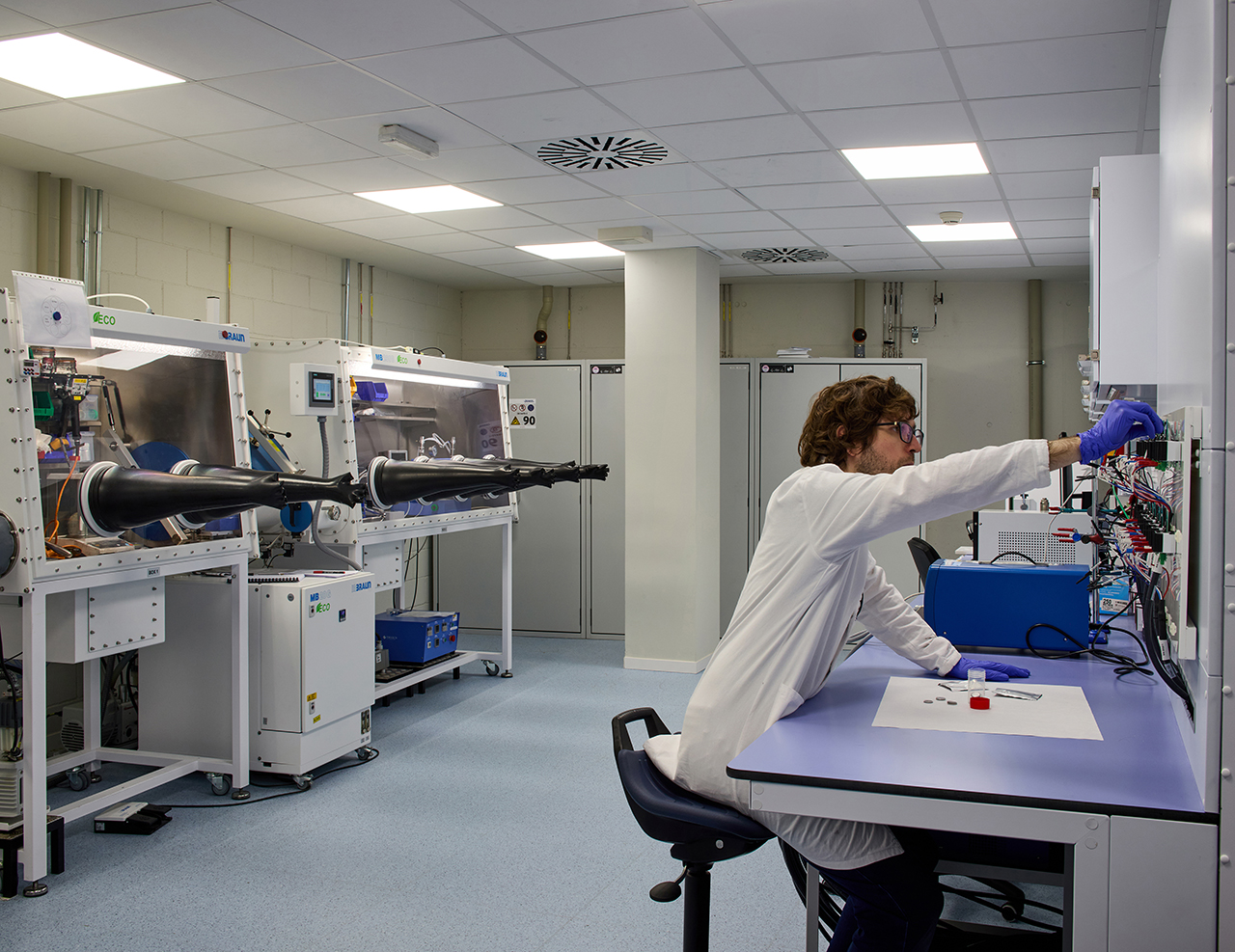Although updated regularly, information on this page might be incomplete. Please, refer to the User Office Portal for the latest equipment lists. If you have any doubts, would like to integrate user cells or additional equipment as well as to verify availability of the sample environment, please contact the beamline staff.
FMB Oxford hot air blower
Temperature range: RT – 1223K (RT – 950°C).
To be used with samples in capillaries (quartz ones for temperatures above 700°C)
Detailed description of the equipment can be found at the manufacturer's website

Oxford cryostream 700 series
Temperature range: 80K – 450K
To be used with samples in capillaries
Detailed description of the equipment can be found at the manufacturer's website

Dynaflow liquid He cryostat
Temperature range: 10 – 300K
To be used with samples in capillaries and MAD detection setup
For detailed description refer to Van der Linden et al. Review of Scientific Instruments 87, 115103 (2016).

Capillary flow cell
Based on the design described in Chupas et al. J. Appl. Cryst. (2008) 41, 822-824.
Heating and cooling using either Oxford Cryostream or FMB Oxford hot air blower. Available in the constant pressure (0 – 50 bar) or constant flow (0.1 – 5 ml/min, Bronkhorst gas flow controller) mode.
Can be used either with thick wall quartz capillaries (OD 1mm / ID 0.8mm) or with 0.8 mm flexible fused silica capillaries. The capillary is mounted using standard 1/16" x 1.0mm or 1/16" x 0.8mm graphite ferrules.
Convenient to fill capillaries can be purchased from Hilgenberg (ref 4000104, Glass capillaries made of quartz glass, one end cut, one end funnel formed approx. Ø 2,0 +1,0/-0,5 mm,L= 100 ± 2 OD= 1 ± 0,1 ID= 0,58 ± 0,1 S= 0,21 mm)

Equipment for the electrochemical studies
2 x 4 channels BioLogic VSP potentiostat/galvanostat
4/8 coin cells holder for CR2032, CR2025 or CR2016 cells
holder for up to 3 Leriche type cells
MTI MSK-110 coin cell crimping tool is available in the chemistry laboratory (Ar glove


On-line pressure calibration set-up (ruby luminescence method)
Pressure can be controlled using BETSA PDS-200 manual pressure drive system or Sanchez APD-200 automatic pressure drive

In-air external ring heater (50 & 60 mm diameter)
Temperature range: RT – 600 K

External heating vacuum system
Temperature range: RT – 900K

lHe Cryostat
Temperature range: 15K – RT

Navitar 12X online visualization system
The distance between the Navitar light and the sample at the focus position is around 18mm. For bulky
samples the ring light can be removed (and put an external light) increasing the distance up to ~35mm. The graphical user interface allows to measure any set of the predefined points, perform line scans or grid scans. The Navitar 12X is equipped with an analyzer for the polarized light in reflection.







